The retirement of working dogs marks the end of years of loyal service, whether in police forces, military operations, or search-and-rescue missions. Across the globe, nations have developed unique traditions and honor systems to celebrate these canine heroes as they transition into their well-earned retirement. These ceremonies are more than just symbolic gestures—they reflect the deep respect and gratitude societies hold for animals that have dedicated their lives to human safety and well-being.
In the United States, the retirement of military and police dogs is often accompanied by formal ceremonies that mirror those held for human service members. Many K-9 units organize "paw-rade" events where retiring dogs march alongside their handlers one final time. Some departments present the dogs with medals or plaques, while others go as far as awarding them honorary badges. Notably, the Robbie's Law passed in 2016 ensures that retired federal working dogs must first be offered for adoption to their former handlers or other qualified individuals—a legal recognition of their continued value even after active duty.
Britain takes a distinctly regal approach to honoring retired working dogs. The Royal Army Veterinary Corps frequently holds retirement ceremonies at historic military sites, complete with formal inspection of the dog by senior officers. Many retired British military dogs receive the PDSA Dickin Medal, often described as the animal equivalent of the Victoria Cross. The medal bears the words "For Gallantry" and "We Also Serve," acknowledging the dog's bravery in conflict zones. Civilian police dogs aren't left out—the Metropolitan Police hosts annual retirement gatherings at New Scotland Yard, where dogs receive customized leather leads engraved with their service dates.
Germany's approach combines military precision with heartfelt tradition. Retired police dogs in Bavaria participate in a ceremonial last walk through the station they served, with officers lining up to salute the departing canine. The German Shepherd—a breed developed in Germany—holds particular significance, and many retiring Shepherds receive the Ehrenzeichen, a special service cross. Military working dogs that served with the Bundeswehr often retire to dedicated kennel facilities where they receive lifetime care, a practice that dates back to post-World War II protocols.
Japan has developed some of the most elaborate retirement rituals for working dogs. When a police dog retires from the Tokyo Metropolitan Police, it undergoes a sekkenshiki (retirement ceremony) where handlers remove the dog's official collar in a carefully choreographed ritual. The dogs then receive traditional eman—wooden plaques bearing prayers for their health—from Shinto priests. Some prefectures build small shrines honoring deceased police dogs, complete with paw print engravings. These practices reflect the Japanese cultural view of animals as spiritual beings deserving of ritual respect.
Australia and New Zealand share similar traditions rooted in their ANZAC heritage. Retired military dogs often participate in dawn services on ANZAC Day, wearing specially made harnesses that denote their veteran status. The Australian Federal Police has innovated the "Blue Paws" program where retired police dogs receive blue harnesses to distinguish them from active-duty canines during public appearances. Across the Tasman Sea, New Zealand's Police Dogs Section organizes annual retirement picnics where former handlers gather with retired dogs at police training grounds.
Scandinavian countries emphasize the working dog's transition to civilian life. Sweden's policy requires all retired military dogs to be adopted by families where they can enjoy domestic life—a sharp contrast to their structured service routines. Norwegian customs include the retirement certificate, an official document signed by the chief of police that details the dog's service record. Perhaps most touching is the Danish tradition of the last patrol, where the dog walks through their usual working environment one final time before being formally released from duty.
These diverse traditions share common threads of respect, remembrance, and the acknowledgment of service. From the solemn military ceremonies of Europe to the spiritually-infused rituals of Asia, each nation's approach to working dog retirement reveals cultural attitudes toward both animals and service. As more countries develop formal protocols for canine retirement, these honor systems continue to evolve—blending military tradition with growing understanding of animal welfare and the human-canine bond forged through years of shared duty.

By /Jul 7, 2025
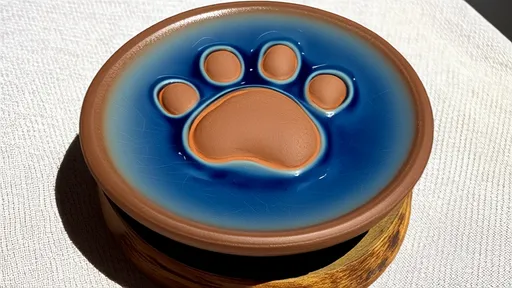
By /Jul 7, 2025
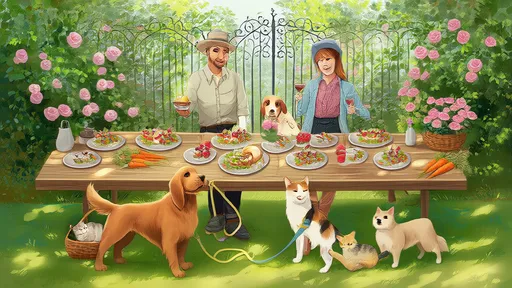
By /Jul 7, 2025

By /Jul 7, 2025

By /Jul 7, 2025
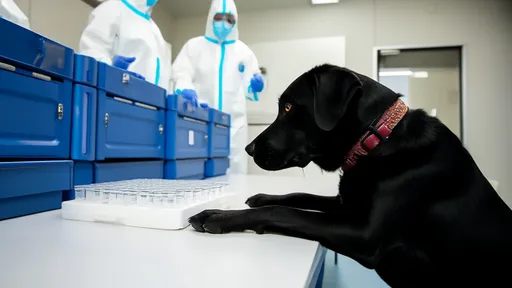
By /Jul 7, 2025

By /Jul 7, 2025
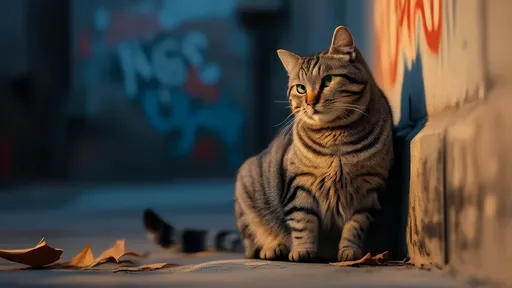
By /Jul 7, 2025

By /Jul 7, 2025
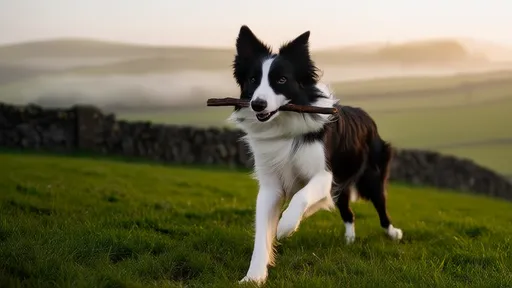
By /Jul 7, 2025
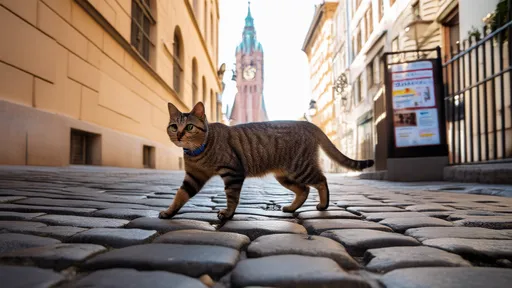
By /Jul 7, 2025
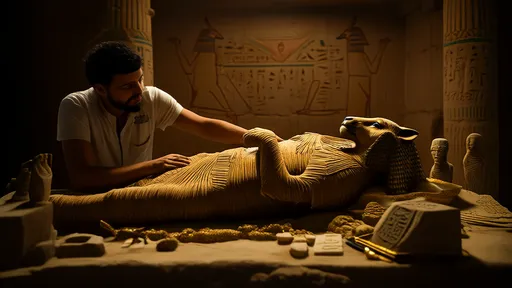
By /Jul 7, 2025

By /Jul 7, 2025

By /Jul 7, 2025
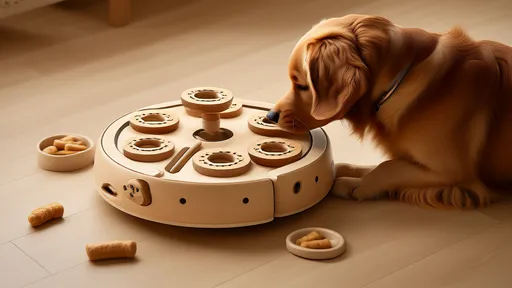
By /Jul 7, 2025

By /Jul 7, 2025

By /Jul 7, 2025

By /Jul 7, 2025